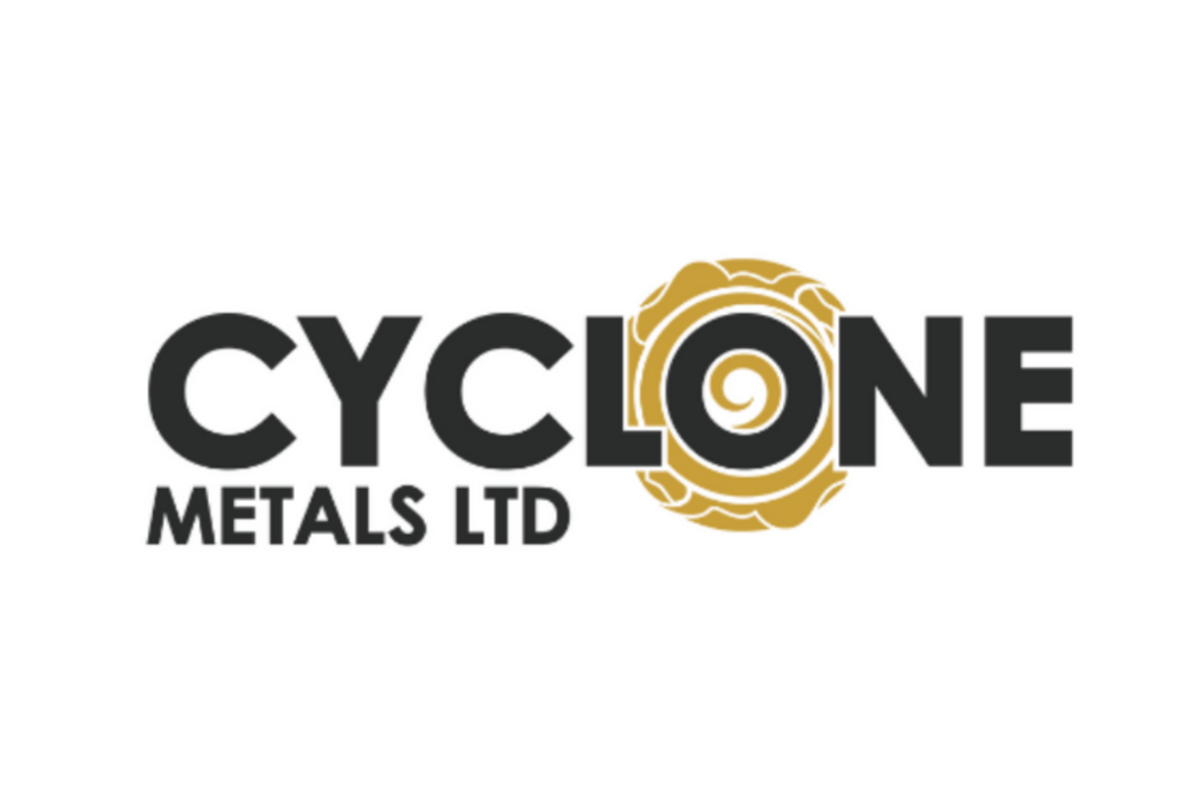The Conversation (0)


Description
The suspension of trading in the securities of Cyclone Metals Limited (‘CLE’) will be lifted immediately following the release by CLE of an announcement regarding an updated mineral resource statement.
Issued by
ASX Compliance
Click here for the full ASX Release
This article includes content from Cyclone Metals Ltd., licensed for the purpose of publishing on Investing News Australia. This article does not constitute financial product advice. It is your responsibility to perform proper due diligence before acting upon any information provided here. Please refer to our full disclaimer here.
Focused on Developing a World-class Iron Ore Asset in Canada, project Iron Bear